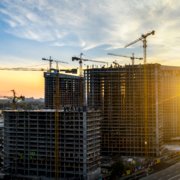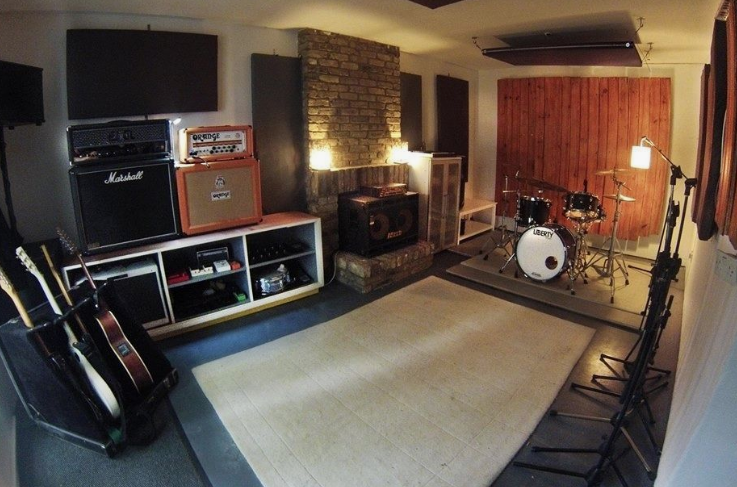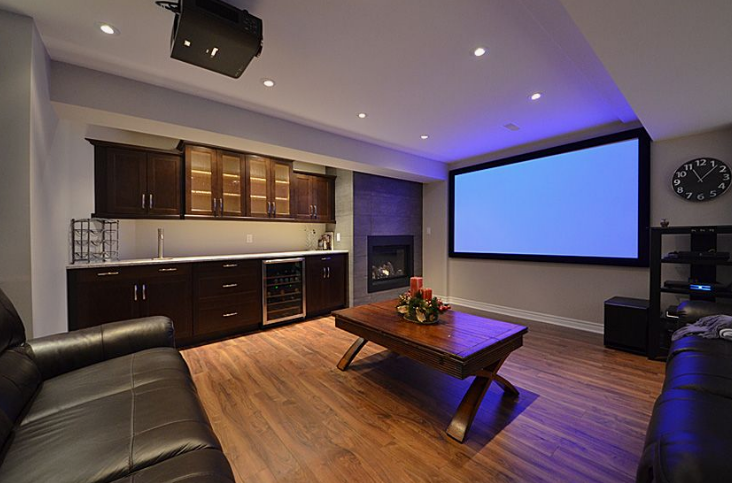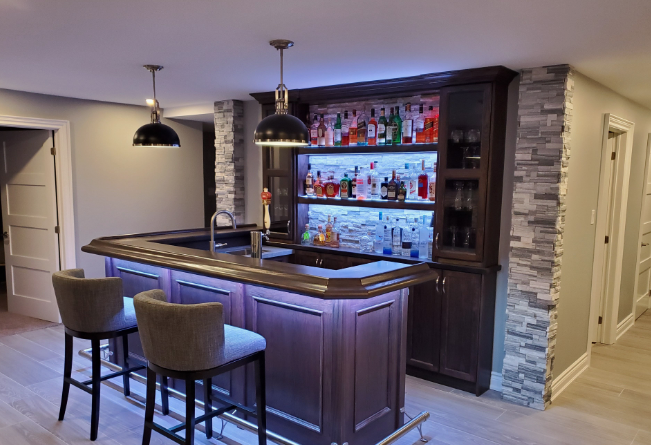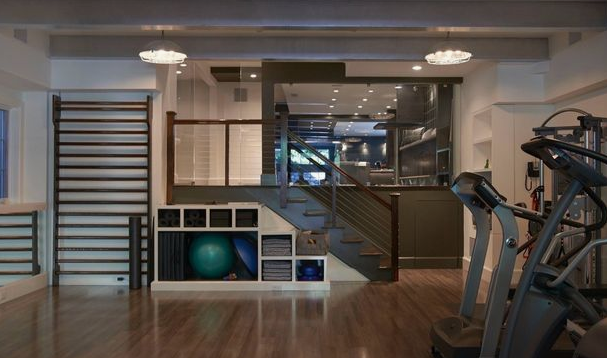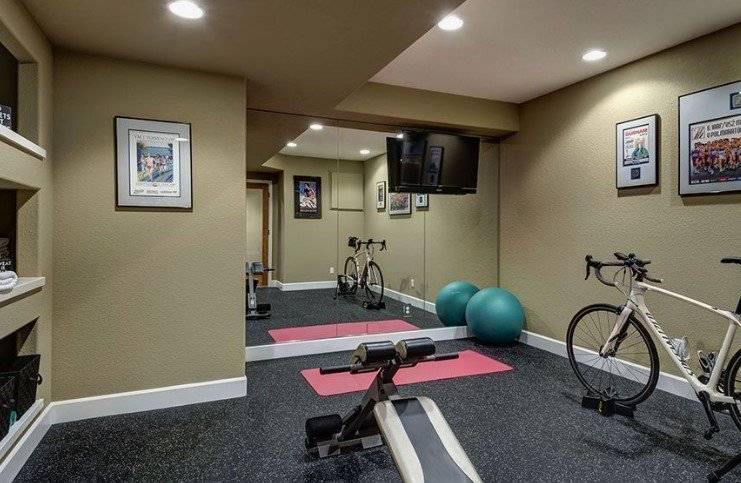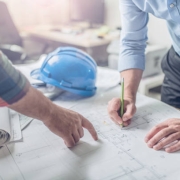If you’ve been planning to build your dream home from the ground up, one question probably keeps coming up: How much does residential new construction cost in 2025? The honest answer: it depends. Homebuilding costs vary based on your home’s size, location, design complexity, materials, and finishes. However, with modern innovations and improved supply chains, construction prices in 2025 have become more predictable than in recent years.
|
In 2025, the average cost to build a new home ranges between $180 and $350 per square foot, depending on materials, labor, and design. For a 2,000-square-foot home, that’s $360,000 to $700,000, excluding land and permits. |
That’s where RCD Inc steps in. With decades of residential construction expertise, RCD Inc has earned a reputation for making the building process smooth, transparent, and stress-free — guiding homeowners from concept to completion while ensuring every dollar is spent wisely.
Understanding What’s Included in Construction Costs
When people think of construction, they often picture just the structure — walls, roofs, and floors. But the total cost of building a new home includes much more in Dyer, IN.
Key expenses typically cover:
- Site preparation and grading
- Foundation and framing
- Plumbing, electrical, and HVAC systems
- Interior finishes and fixtures
- Permits, inspections, and utility connections
In most cases, soft costs (permits, design, and planning) add 10–20% to the total budget.
RCD Inc. helps clients break down every component so there are no hidden surprises during the build.
What Affects the Cost of Residential New Construction?
Several factors directly influence the total cost:
Home Size and Layout
Naturally, larger homes require more labor and materials. But complexity matters too — open layouts, vaulted ceilings, or custom architectural designs will increase your per-square-foot cost.
Materials and Finishes
Choosing premium flooring, countertops, or designer fixtures can dramatically raise your final price. RCD Inc helps homeowners find the right balance between aesthetics, performance, and cost.
Location
Urban areas with higher demand and labor shortages tend to have steeper construction costs than rural regions. Land preparation, local regulations, and permit fees also vary widely.
The Rise of Smart and Sustainable Homes
2025 has marked a clear shift toward smart, energy-efficient living. Today’s homeowners are investing in solar panels, home automation systems, better insulation, and sustainable building materials.
While these upgrades may raise upfront costs, they reduce utility bills and increase resale value over time.
Modern building codes now encourage eco-friendly designs, resulting in homes that are healthier, stronger, and more energy-efficient than ever.
Custom Homes vs. Spec Homes — Which Is Better for You?
One of the biggest choices in home construction is whether to build a custom home or buy a spec (pre-designed) home.
- Custom Homes:
Offer total control over design, layout, and finishes. Perfect for homeowners who want something unique — but expect higher costs and longer timelines. - Spec Homes:
Designed by builders using proven layouts and bulk materials. These are faster and more cost-effective for those wanting a ready-to-move-in solution.
RCD Inc. offers both options, helping clients weigh the cost-benefit ratio and choose what fits their timeline and budget best.
How RCD Inc Simplifies the Construction Process
RCD Inc.’s residential division is built around transparency, quality, and communication. From the initial consultation to final inspection, their process ensures homeowners are informed every step of the way:
Our Industrial Maintenance Process
- Consultation & Planning: Understanding your vision, budget, and timeline.
- Design & Permitting: Creating architectural plans and securing local approvals.
- Construction Phase: Managing materials, labor, and scheduling with strict quality control.
- Final Inspection & Handover: Delivering your home on time — built to last.
With RCD Inc., you gain not just a builder but a strategic partner who keeps your project aligned with budget and expectations.
Final Thoughts
The cost of residential new construction in 2025 ultimately depends on your vision, lifestyle, and location. But thanks to advanced materials, better energy standards, and improved efficiency, building your dream home has never been more achievable or rewarding.
With RCD Inc, you can expect clarity, craftsmanship, and confidence from start to finish. Their team ensures that your new home doesn’t just meet your expectations — it reflects your goals, values, and future. Start your 2025 construction journey with a trusted partner.
Contact RCD Inc today for a detailed cost estimate, transparent budgeting, and expert guidance every step of the way.
Let’s turn your blueprint into a reality—one that’s built to last.
FAQs
1: What’s the biggest factor affecting construction cost?
The size of your home and the materials you choose are the most significant cost drivers.
2: Is it cheaper to build or buy a house in 2025?
It varies by region. In many markets, building can be cost-competitive with buying, especially if you already own land.
3: How long does it take to build a home?
Most new residential projects take 6–12 months, depending on design complexity, permits, and weather conditions.
4: Are there hidden costs when building a home?
Yes. Landscaping, permits, site prep, and utility hookups often add extra expenses, so plan a 10–15% contingency.
5: How can I reduce costs without sacrificing quality?
Work with a professional builder, choose durable yet affordable materials, and simplify your design to keep costs in check.


